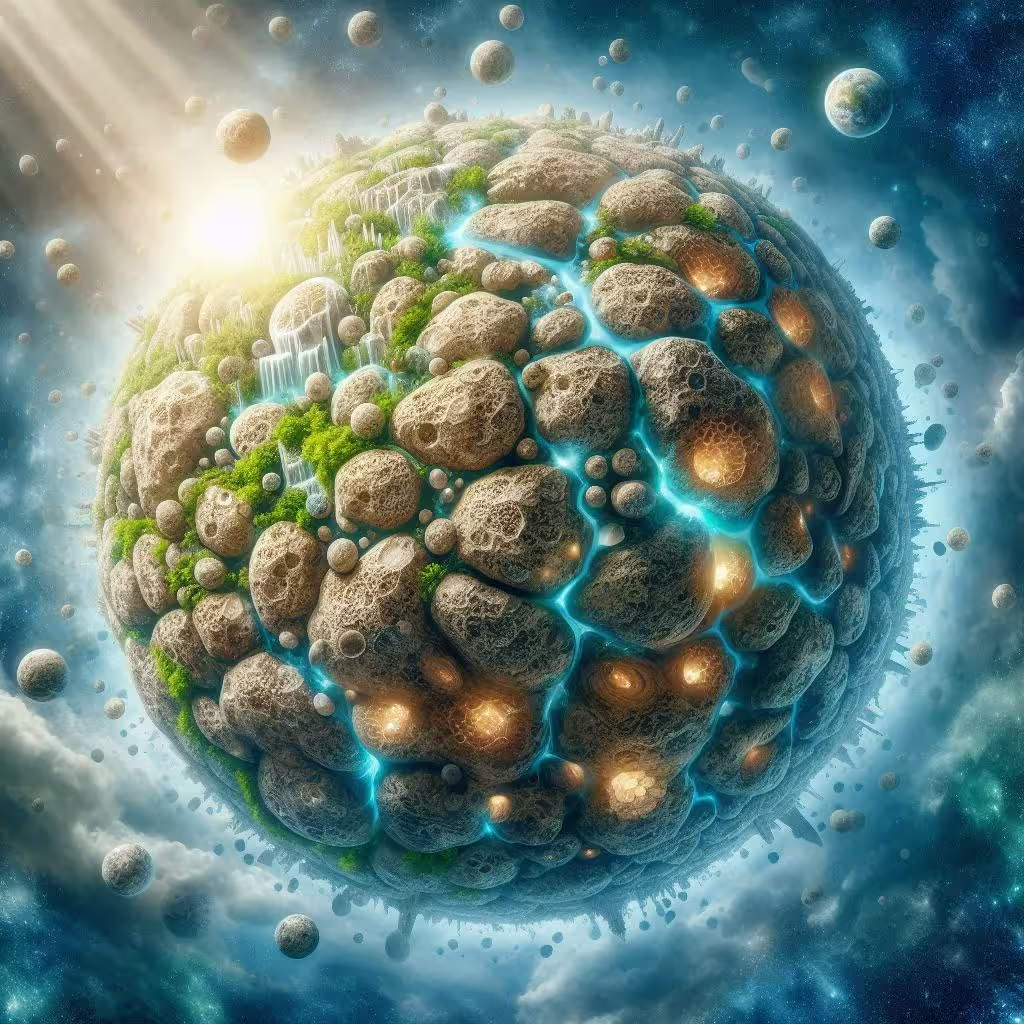Did you know that Earth wasn’t always the lush, vibrant planet we know today? In its earliest days, Earth was a hot, barren, and rocky world, surrounded by a thin atmosphere of hydrogen and helium. This desolate picture is far from the blue planet brimming with life that we see now. So, how did Earth evolve from a lifeless rock to a thriving, water-filled haven for life?
Let’s explore the journey of Earth’s incredible transformation!
🔧 The Forces That Shaped Earth
- Volcanic Activity: Earth’s early volcanic eruptions released gases trapped within the planet, creating a thicker atmosphere rich in carbon dioxide, nitrogen, and water vapor.
- Cooling and Condensation: As the planet cooled down, water vapor in the atmosphere condensed to form Earth’s first oceans.
- Photosynthesis: Tiny organisms, like cyanobacteria, began using sunlight to produce oxygen, drastically changing the composition of the atmosphere over time.
💡 Fun Facts About Earth’s Evolution
🔥 Earth’s Nuclear Heat Source
In its early days, Earth wasn’t just hot from its formation. It also had radioactive elements in its core generating even more heat, like a nuclear reactor!
☄️ Oceans from Outer Space?
Some scientists think a large portion of Earth’s water may have come from icy comets that crashed into the planet. Imagine receiving a cosmic water delivery!
💨 A Toxic Atmosphere
The early atmosphere was full of gases like methane and ammonia—deadly for humans but perfect for ancient microbes. Over time, photosynthesis produced oxygen, which made Earth habitable for more complex life.
🍃 The Great Oxygenation Event
About 2.4 billion years ago, tiny cyanobacteria began releasing oxygen through photosynthesis, sparking what’s known as the Great Oxygenation Event. Though it wiped out many anaerobic organisms, it paved the way for the complex life forms we see today.
🌧️ A 400-million-Year Rainstorm
Scientists believe that as Earth cooled, it may have rained non-stop for millions of years. This massive rainstorm helped form the oceans we rely on today.
🔑 Key Takeaways
The transition from a barren rock to a water-rich, life-sustaining planet wasn’t an overnight change. It was a process spanning billions of years, driven by volcanic activity, atmospheric evolution, and the emergence of life forms that reshaped the Earth’s environment. Understanding this journey helps us appreciate the delicate balance that sustains life on Earth today.
Earth’s transformation is not only a tale of resilience but also a reminder of the powerful forces that govern our planet and the universe. 🌍✨


Comments are closed